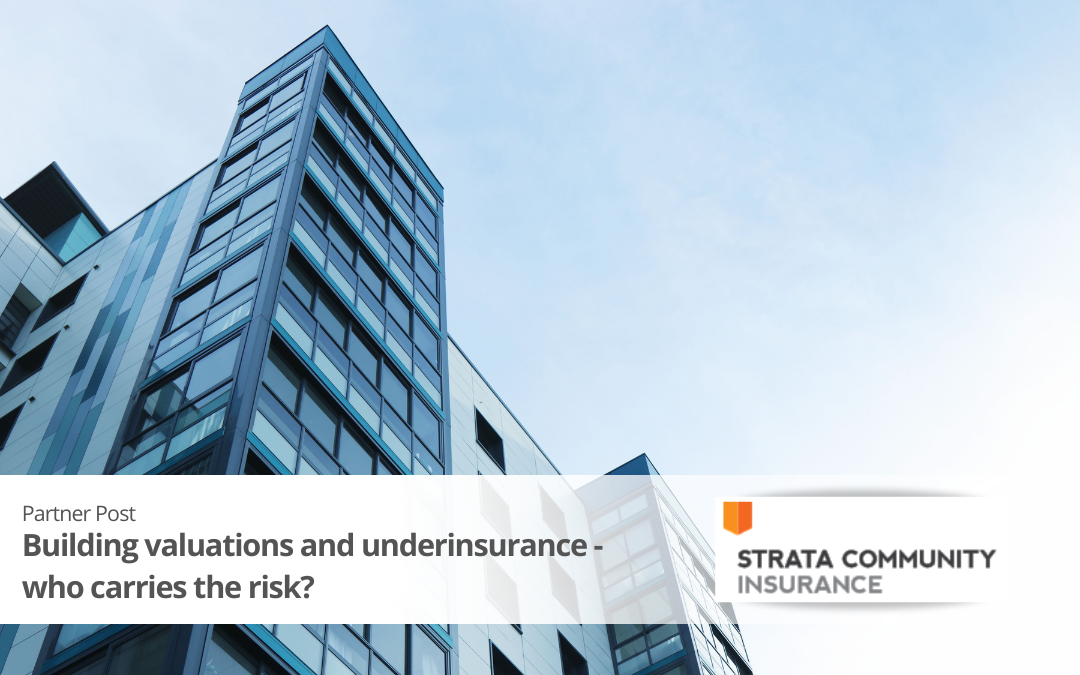More so now than ever, strata properties are increasingly becoming at risk of underinsurance. With inflation and increasing costs of repairs because of labour and material shortages, ensuring you have adequate insurance in place is more important than ever.
In Queensland, it is the legal responsibility of the body corporate to insure the building against destruction or damage to enable the building to be rebuilt, repaired or reinstated. The value to be insured must be adequate to reinstate the property to its condition when new, and to assist for this purpose the body corporate must, at least every 5 years, obtain an independent valuation stating the full replacement value of the building or buildings.
Any shortfalls are the responsibility of the body corporate. Can you really afford the risk?
Our friends at Strata Community Insurance are eager to share their experience with us. In recent times they have seen cases where buildings and strata communities have experienced significant damage, but the building is not fully destroyed, and the sum insured was insufficient to complete the reinstatement. So, when it comes to making a claim for repair, the owners find themselves in the unfortunate position of being underinsured.
Ultimately, that means collectively the individual owners would be exposed for the shortfall and need to pay the balance themselves. Which could be tens of thousands of dollars, or worse, in the millions.
The importance of building valuations
Getting an accurate building valuation through an experienced valuer familiar with the requirements of the strata legislation is becoming ever more critical. This is a vital tool in mitigating underinsurance.
The role of a valuer is to assess the value of a property, including its buildings and common property, to meet the obligations required under the law, to ensure the property is adequately valued and the body corporate is protected against potential financial losses.
The valuer will typically conduct a physical inspection of the property and consider various factors, such as the age and condition of the building, the quality and type of construction materials used, the location of the property, and any unique features that may affect its value.
Based on this assessment, the valuer will provide a valuation report that outlines the recommended sum insured for the property.
The recommended sum insured is the estimated cost to rebuild the property in the event of a total loss, including demolition, site clearance, construction costs and other factors such as temporary housing. There are always exceptions in valuations and these should be discussed with the valuer and considered by the body corporate to ensure you meet your obligations as per the relevant legislation.
It is important to note that the replacement and reinstatement value is not the same as the market value of the property, which reflects the price that the property would sell for on the open market.
Appoint a professional valuer
Fortunately for owners, there are professional valuers available to assist in estimating the minimum value required to meet your obligations. Like all service providers, you should do your research and obtain quotes.
